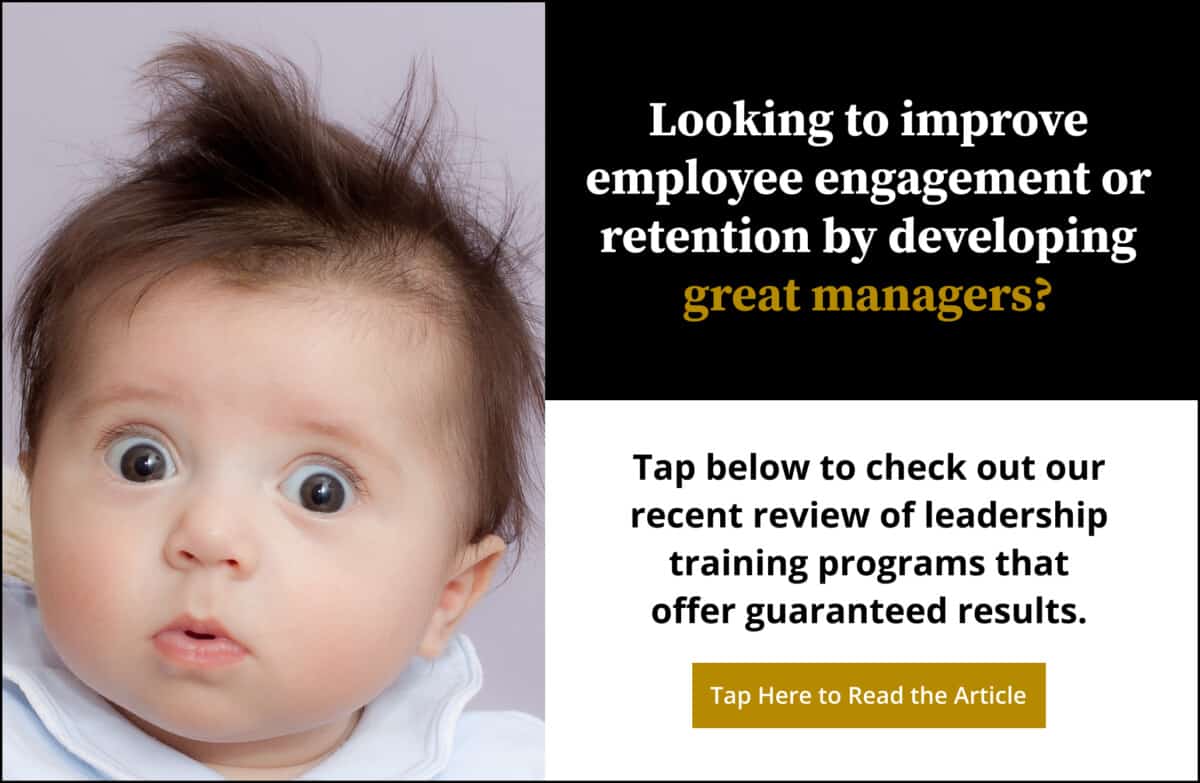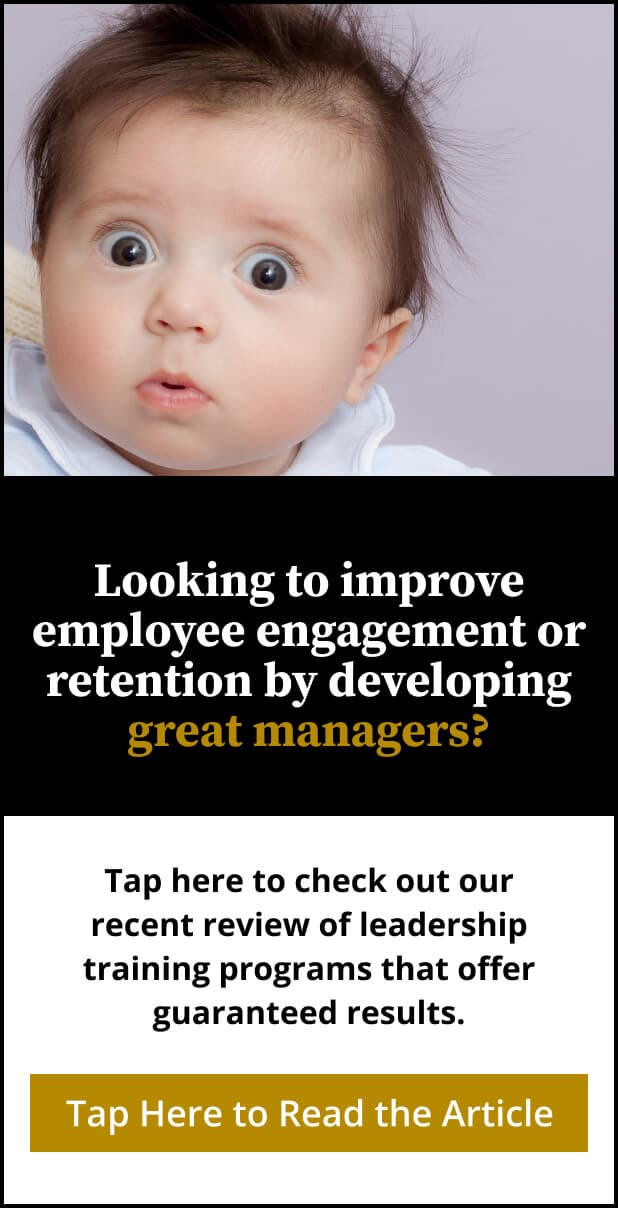Share:

Working remotely has become more common over the last decade. It got a boost, out of necessity, during the COVID-19 pandemic, when many companies closed on-site offices.
As we put the pandemic behind us, many companies that supported working from home are now requiring employees to return to the office, either full-time or several days a week. But many employees want to continue the work-from-home practice, and there is plenty of evidence that indicates that employees are more productive and happier working from home.
Still, many leaders worry that collaboration and motivation will suffer and feel that a return to the office is the best way to avoid this scenario. However, there are some highly effective ways organizations can support collaboration and keep motivation high that do not require a return to an on-site office five days a week.
Here are five strategies organizations can implement that will motivate remote employees:
- Recognize their contributions and achievements
- Give them the tools they need to work with autonomy
- Commit to their growth and development
- Maintain strong communication
- Support a psychologically safe work environment
In this article, I’ll explore how these strategies can keep remote employees highly motivated and engaged.


The Rise of Remote Work (and Why It’s Here To Stay)
Between 2019 and 2021, the number of people primarily working from home increased from 5.7% (roughly 9 million people) to 17.9% (27.6 million people).
While flexible work options took off in a big way during the pandemic, the trend started long before the pandemic. According to the U.S. Census Bureau, the number of occasional remote workers increased from 9.2 million to 13.4 million between 2000 and 2010.
Workers like this flexibility. According to a 2021 Jabra report on hybrid work, 59% of survey respondents said flexibility is more important to them than salary or other benefits, and 75% said they’d rather work for a company that gives them the flexibility to work from anywhere.
Employees can benefit from the increased autonomy flexible work provides. Autonomy has been identified as a major factor in the job-seeking habits of workers, with 42% of Millennials indicating they would choose a job that allows them to work independently on projects of their choice.
Allowing employees to work from home gives them the flexibility to take better care of their families and personal needs—employees are better able to do this when they aren’t having to spend hours every week making those long commutes to an office to do work they can do just as effectively from home—perhaps even more effectively.
We know that offering flexibility (when possible) in work schedules is one good way to help employees achieve a healthy work/life balance, which is essential for keeping them motivated and happy, but research shows that it can also help them be more engaged and productive at work.
According to Owl Labs’ 2021 State of Remote Work, 90% of employees surveyed report that their productivity levels are the same, or higher, when working from home compared to the office, and 55% of employees surveyed are working longer hours remotely. Eliminating those long work commutes can be good for productivity.
The Role of Motivation in the Workplace
Employee motivation plays a crucial role in performance and goal achievement. Motivated employees are more engaged, productive, and committed to their jobs and experience higher levels of job satisfaction and loyalty.
Motivated employees are also less risk-averse, so they are more likely to take on new challenges, learn new skills, and go the extra mile for customers, making the team better at everything from innovation to customer service.
Their commitment and positive attitude toward their roles can also make them better, more supportive co-workers, which can make the work environment more positive for all team members and even reduce absenteeism.
How To Motivate Remote Employees
A lot of the same strategies leaders use to keep employees motivated in an on-site office can improve motivation for remote and hybrid employees.
Here are five strategies for keeping remote employees motivated.
1. Recognize Employee Contributions and Achievements
Recognition can be an incredibly powerful motivator. Psychology tells us that recognition in the form of praise is the primary source of positive reinforcement, the process of modifying behavior for a more positive result.
Recognition affects employee motivation because acknowledging and celebrating the hard work, achievements, and successes of employees lets them know they are valued and the work they do has an impact. Recognition builds trust, boosts team morale, increases employee retention and loyalty, and improves performance.
In a remote work environment, it can be a particularly useful tool for improving motivation because it shows employees that, even though they are not getting face time with leadership in an office every day, the work they do is seen and appreciated.
According to research, 69% of employees say they’d work harder if their efforts are recognized at their workplace. When employees’ contributions are recognized, they are up to 10 times as likely to strongly agree that they belong with the organization, and 80% of employees report being more productive when recognition and rewards are utilized to motivate them.
Recognition can help employees see the impact of the work they do. It helps them connect the dots between their day-to-day job duties and the larger mission, vision, and goals of the organization and demonstrates to employees that they are essential to the organization’s long-term success.
2. Give Employees the Tools They Need To Work with Autonomy
Equipping your employees with the tools they need to work with autonomy is just as important as giving them autonomy. This means not only trusting employees to work with autonomy but also providing them with the technology and support they need to work with autonomy and empowering them in ways that build confidence.
Trust
Compared with people at low-trust companies, people at high-trust companies experience the following:
- 74% less stress
- 106% more energy at work
- 50% higher productivity
- 13% fewer sick days
- 76% more engagement
- 29% more satisfaction with their lives
- 40% less burnout
Every item on this list can affect employee motivation in a positive way.
Trust improves communication, which, in turn, improves transparency, clarity of expectations, and performance, all of which help to reduce the anxiety that workers develop (and that can cause them to leave) when communication breaks down or during difficult times when they need to be reassured about where the company is headed and reminded of the vision.
A high level of mutual trust also eliminates the perceived need to micromanage employees, which many managers have struggled with as remote work has become more common. In high-trust environments, micromanagement is unnecessary.
Technology
To produce high-quality work, avoid delays that can cause setbacks, and avoid unnecessary stress, all workers need access to the right technological tools to do their jobs. This one may seem like a no-brainer, but, when it is overlooked, it can cause serious productivity issues for remote workers and create confusion around expectations.
Kathleen Steffey, founder and CEO of Naviga Recruiting and Executive Search, says remote access is a necessity in the “new normal” and having the right tools to get the job done is essential for keeping remote employees motivated.
“Having the ability to work remotely from a professional standpoint requires high-speed internet, a functional laptop, and basic software programs. It is not optional to go without these anymore because most businesses are not returning to an in-person work environment and, if they are, it is a hybrid model.”

Empowerment
The key to autonomy is empowerment. I recently sat down with Dr. Wanda T. Wallace, author of You Can’t Know It All: Leading in the Age of Deep Expertise, and talked about how empowerment helps employees build confidence in their abilities and gives them the opportunity to learn for themselves and better understand the purpose of tasks:
“Instead of simply telling your team members the why and how of a task, it is better to direct them to learning the how and why themselves because they are much more likely to absorb and retain that information.”
Dr. Wallace also suggests that empowering employees to figure things out and learn along the way can help them stay motivated: “Way too many deep experts default to ‘never mind I’ll do it myself, because that’s faster.’ Which leaves your team members feeling demotivated.”



3. Commit To Employee Growth and Development
Growth and development opportunities can significantly impact employee motivation in a variety of ways. Employees need to feel that they are improving at something that is important to them to stay engaged and motivated.
When employees learn on the job, develop new skills, and move closer to their career goals, it enriches their work lives and gives their jobs more meaning. It can also have a positive effect on retention and performance.
Employees who feel they are growing in their jobs will be more likely to remain in those jobs because they know the organization is invested in their future and will perform better because they will have an improvement mindset.
Whether it’s providing in-person or online training, tuition reimbursement, leadership development, career-pathing, or coaching, helping employees grow can yield tremendous results that benefit both the employee and employer.
Research compiled by LinkedIn has shown that when employees spend time learning on the job, they are 47% less likely to be stressed, 39% more likely to feel productive and successful, 23% more able to take on additional responsibilities, and 21% more likely to feel confident and happy.
4. Maintain a Strong System of Communication
Transparent, respectful communication can promote trust and provide clarity for employees, creating a culture of improvement through frequent feedback between employees and leadership.
Job Clarity
When employees are unsure about what is expected of them in their roles, it creates a situation where they experience conflict on a daily basis about their duties and responsibilities, which can raise stress levels and erode confidence. In situations where job responsibilities and duties may shift regularly, clarity becomes even more important.
To feel confident in their roles and motivated to perform well, it’s essential for employees to know what is expected of them, have new duties and areas of responsibility clarified for them as situations change, and be made aware that the work they do is seen by leadership.
Clearly communicating expectations, through regular one-to-one conversations, for example, can be a great way to clarify job duties.
Feedback
Establishing a system of feedback in your organization is important for maintaining a high level of motivation. Employees thrive on feedback because it lets them know what they are doing right and what they could be doing better.
One of the ways feedback improves motivation is that it builds trust between leadership and employees, creating a safe, cooperative environment where employees feel that their opinions are valued and help drive decision-making.
In organizations that emphasize feedback as an important part of their culture, employees receive regular, helpful feedback from direct supervisors and are empowered and encouraged to provide meaningful feedback to co-workers and leadership.
5. Support a Virtual Work Environment of Psychological Safety
Psychological safety is essential for keeping people motivated in the workplace, whether they are working in an office or from home.
Psychological safety refers to the belief that one will not be punished for asking questions, raising concerns, or voicing ideas. When a work environment is psychologically safe, employees are encouraged to contribute, participate in decision-making, and build authentic connections with each other.
When employees feel safe, it increases their sense of belonging in the group, making their collaborative efforts more successful. When even one member of a team lacks this sense of belonging with fellow members, it can hurt the outcome for the whole team. This is why it is crucial to provide the conditions that will enable every team member to thrive.
According to Business Leadership Today contributor Gregg Ward, employees thrive in environments of psychological safety, contributing to a positive employee experience for all team members.
“A psychologically safe culture is one where employees are comfortable taking interpersonal risks, such as voicing an unpopular opinion, without fear of retaliation or being labeled as ‘disruptive’ or ‘not a team player.’ When employees feel heard and understood, without the worry of self-protection, they can focus their energies on their work.”
Psychologically safe work environments benefit team members and leaders equally. A psychologically safe environment is an open and honest environment where innovation increases because risks are reduced and team members truly support one another.

Matt Tenney has been working to help organizations develop leaders who improve employee engagement and performance since 2012. He is the author of three leadership books, including the groundbreaking, highly acclaimed book Inspire Greatness: How to Motivate Employees with a Simple, Repeatable, Scalable Process.
Matt’s ideas have been featured in major media outlets and his clients include numerous national associations and Fortune 500 companies.
He is often invited to deliver keynote speeches at conferences and leadership meetings, and is known for delivering valuable, actionable insights in a way that is memorable and deeply inspiring.


